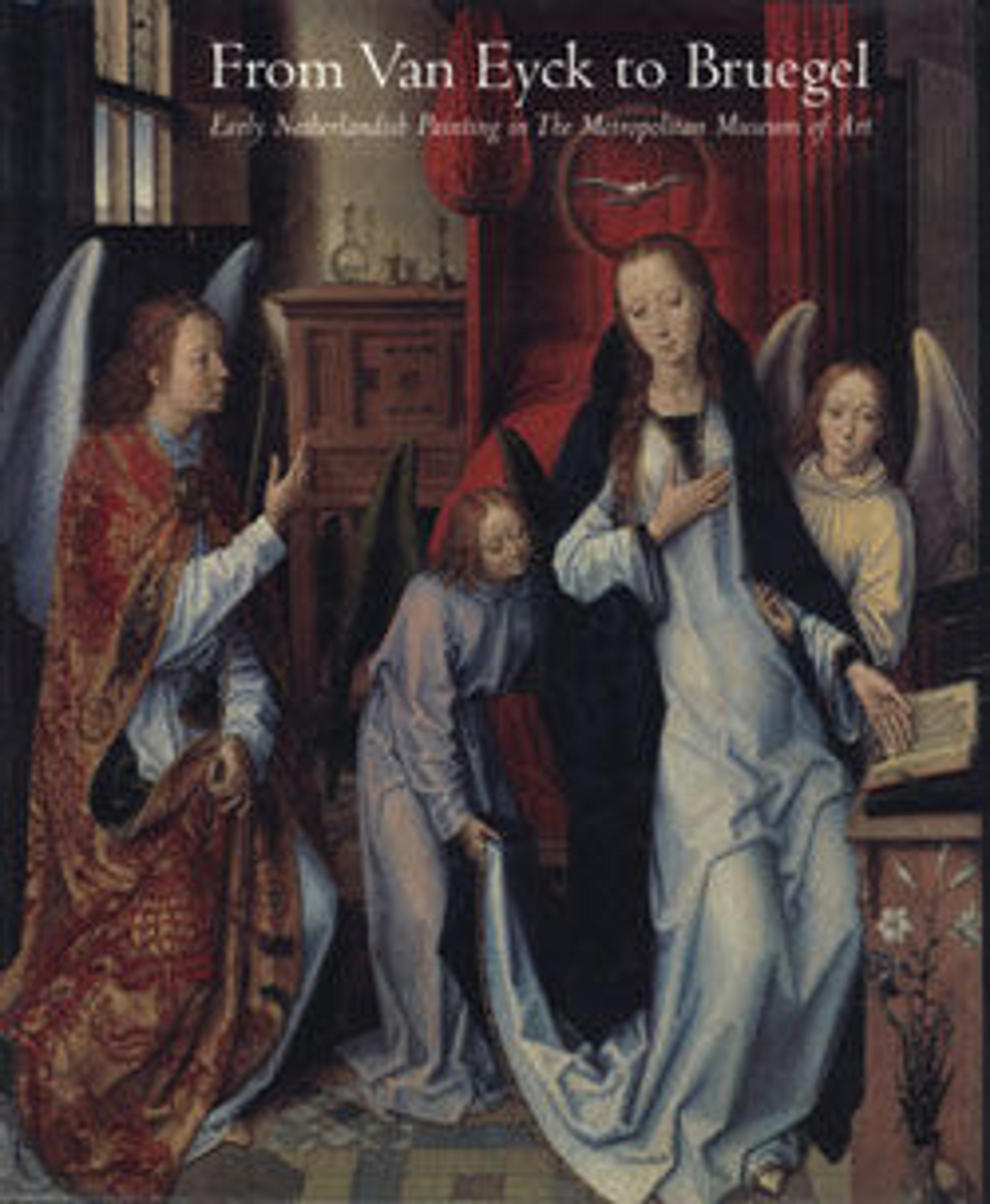Virgin and Child
This picture was most likely the pendant to a portrait or the central element of a stationary triptych; the apple handed to the Child alludes to Christ as the future Redeemer of mankind. One of Hans Memling’s early sixteenth-century followers based his composition on a Memling painting or on a surviving workshop pattern.
Artwork Details
- Title: Virgin and Child
- Artist: Follower of Hans Memling (Netherlandish, early 16th century)
- Medium: Oil on wood
- Dimensions: Overall 10 3/4 x 8 1/4 in. (27.3 x 21 cm); painted surface 9 x 6 5/8 in. (22.9 x 16.8 cm)
- Classification: Paintings
- Credit Line: The Jules Bache Collection, 1949
- Object Number: 49.7.22
- Curatorial Department: European Paintings
More Artwork
Research Resources
The Met provides unparalleled resources for research and welcomes an international community of students and scholars. The Met's Open Access API is where creators and researchers can connect to the The Met collection. Open Access data and public domain images are available for unrestricted commercial and noncommercial use without permission or fee.
To request images under copyright and other restrictions, please use this Image Request form.
Feedback
We continue to research and examine historical and cultural context for objects in The Met collection. If you have comments or questions about this object record, please contact us using the form below. The Museum looks forward to receiving your comments.
